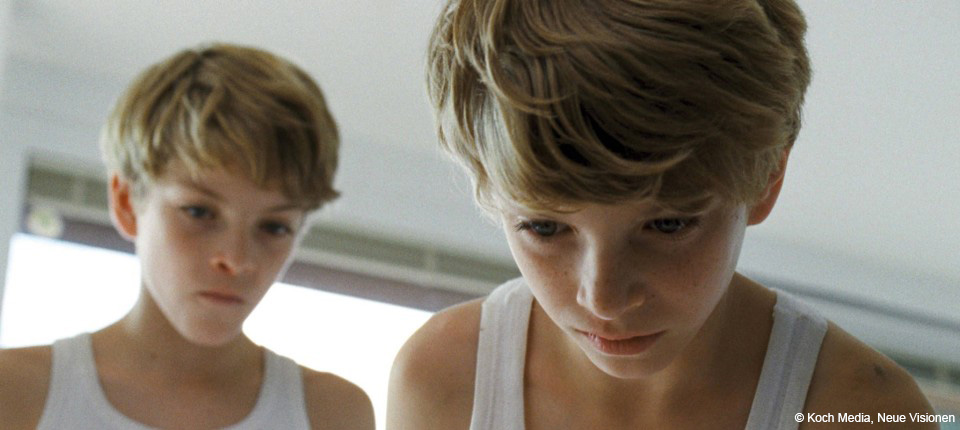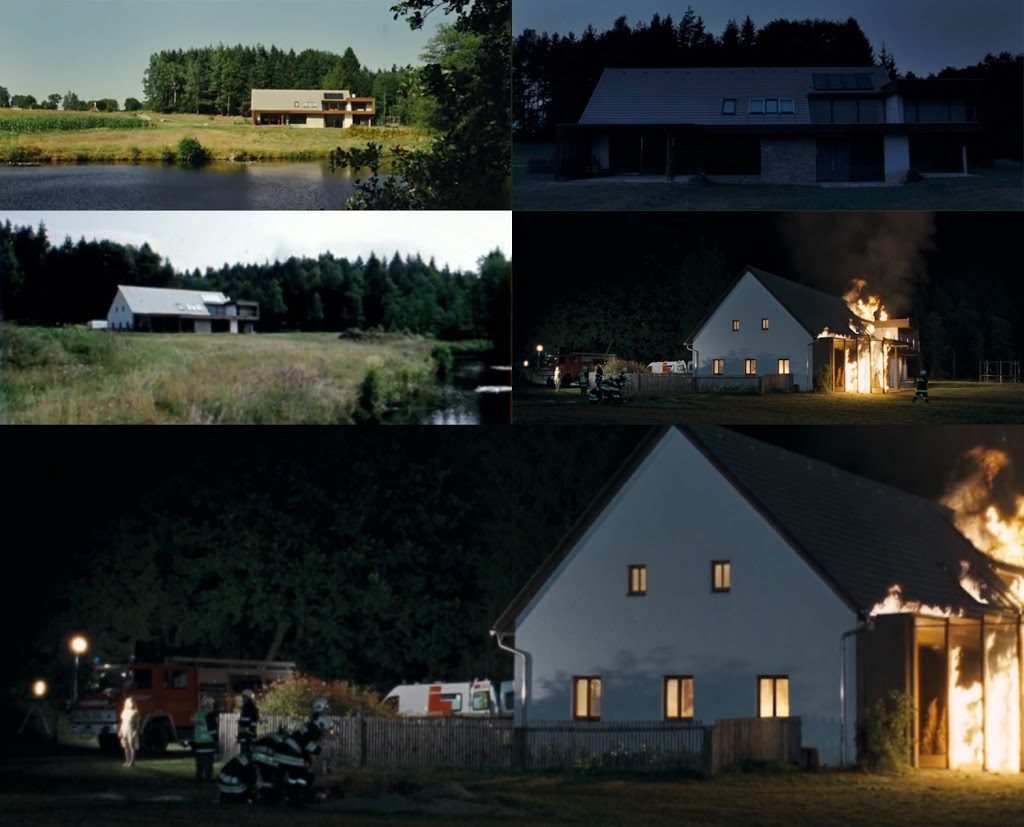Article in English [in deutsch siehe unten]
That’s the starkest documentary about the Third Reich, I have seen so far. At the age of 19 Franco-Australian film student Philippe Mora made the archive discovery of his life. With the help of a historian he found the Obersalzberg film roles that Eva Braun once stored in her bedroom at the Berghof and that were later seized by US military personnel.
Mora mixed these private recordings with Nazi propaganda material and created a documentary. Only in the second part of the movie he used footage from „the other side“. The movie misses any comment. Mora let the pictures speak for themselves. The documentary caused a scandal back then and was first shown in German cinemas 37 years later. The contrast between cosy mountain idyll, martial parades and evil propaganda is hard to overcome. The film conveys a sense of how powerful and thrilling the atmosphere was at that time. The Overture to Wagner’s Tannhäuser combined with pictures of a country on the move, politics as religion, the Olympic Games, the eerily beautiful Riefenstahl scenes, Adolf and Eva at the Berghof playing cheerfully with dogs, next to hate speech, first acts of violence against Jews and military armament. We all know what came and had to come. The German population did not know every detail, or did not want to know. Repression as a survival strategy. „Better go with the flow“ was the motto. Go with a movement unseen in history. Even in the faraway US there were tens of thousands who got infected by the Hitler mania. [This is also shown in the documentary.]
And then the second part of the movie. The great destruction. A crescendo of violence. Bombs, flashes of light, dead bodies, total war; sicker and more intense as any Hollywood production can ever be. Then camera flights over a completely devastated country, images from the concentration camps. So terrible that you don’t want to look at them.
Time for the end credits? No. The movie ends with a scene at the Berghof in which Hitler is hosting a few guests. Coffee and cake is served. I repeat. Coffee and cake. I can hardly imagine a more bitter contrast.
I recommend this movie to anyone who is not only interested in theories about mass psychology and the phenomenon of „ideology as a substitute for religion“, but who wants to sense an undertone, a mood, an inkling of what was going on back then. Yes, the first part of the film is dangerous. It depicts Hitler as a human being and shows a country that is completely inebriated. But if one really wants to understand the events of that time, one has to expose itself to this.
Das ist der krasseste Dokumentarfilm über das Dritte Reich, den ich bisher gesehen habe. Als 19-jähriger Filmstudent machte der Franco-Australier Philippe Mora die Archiventdeckung seines Lebens. Mit Hilfe eines Historikers spürte er die von amerikanischen Armeeangehörigen auf dem Obersalzberg beschlagnahmten Filmrollen auf, die Eva Braun in ihrem Schlafzimmer auf dem Berghof gelagert hatte. Diese privaten Aufnahmen kompilierte er zusammen mit Propaganda-Material der Nazis zu einem Dokumentarfilm. Erst im zweiten Teil wird auch filmisches Material „der anderen Seite“ verwendet. Der komplette Film kommt ohne jeglichen Kommentar aus. Die Bilder sprechen für sich. Der Film löste damals einen Skandal aus und wurde in Deutschland erst 37 Jahre nach Entstehung im Kino gezeigt. Die Kontraste zwischen heimeliger Bergidylle, martialischen Paraden und bitterböser Propaganda könnten größer nicht sein. Der Film vermittelt ein Gefühl davon, wie mitreißend die Stimmung damals war. Die Ouvertüre zum Tannhäuser, dazu ein Land im Aufbruch, Politik als Religion, die olympischen Spiele, die schaurig-schönen Riefenstahl-Bilder, Adolf und Eva auf dem Berghof, mit Hunden spielend, fröhlich und ausgelassen, daneben Hassparolen, erste Gewalttaten gegen Juden, militärische Aufrüstung. Wir alle wissen, was kam, ja kommen musste. Die Bevölkerung wusste damals vieles nicht, oder wollte es nicht wissen. Verdrängung als Überlebensstrategie. Lieber mitschwimmen im großen Strom einer Bewegung, wie sie die Welt bis dahin noch nicht gesehen hatte. Selbst im fernen Amerika gab es zehntausende, die sich von der Hitlermanie anstecken ließen. Auch davon werden Bilder gezeigt.
Und dann der zweite Teil des Films. Die große Zerstörung. Ein Crescendo der Gewalt. Bomben, Lichtblitze, Tote, der totale Krieg; krasser als es jeder Hollywoodfilm nachstellen kann. Dann Kameraflüge über ein komplett zerstörtes Land, Bilder aus den Konzentrationslagern. So schrecklich, dass man nicht hinschauen will. Kommt nun endlich der Abspann? Nein. Der Film endet mit einer Berghof-Szene, in der Hitler ein paar Gäste bei sich bewirtet. Es gibt Kaffee und Kuchen. Ich wiederhole. Kaffee und Kuchen. Bitterer kann kein Kontrast sein.
Ich empfehle diesen Film jedem, der sich nicht nur theoretisch mit Massenpsychologie und dem Phänomen „Ideologie als Religionsersatz“ befassen will, sondern der darüber hinaus ein Gefühl, ein Stimmungsbild, eine Ahnung von dem, was damals abging, einfangen möchte. Ja, der erste Teil des Films ist gefährlich. Er zeigt Hitler als Menschen und ein vollkommen berauschtes Land. Doch wer das Geschehene wirklich begreifen will, muss sich dem Teil schon aussetzen.


